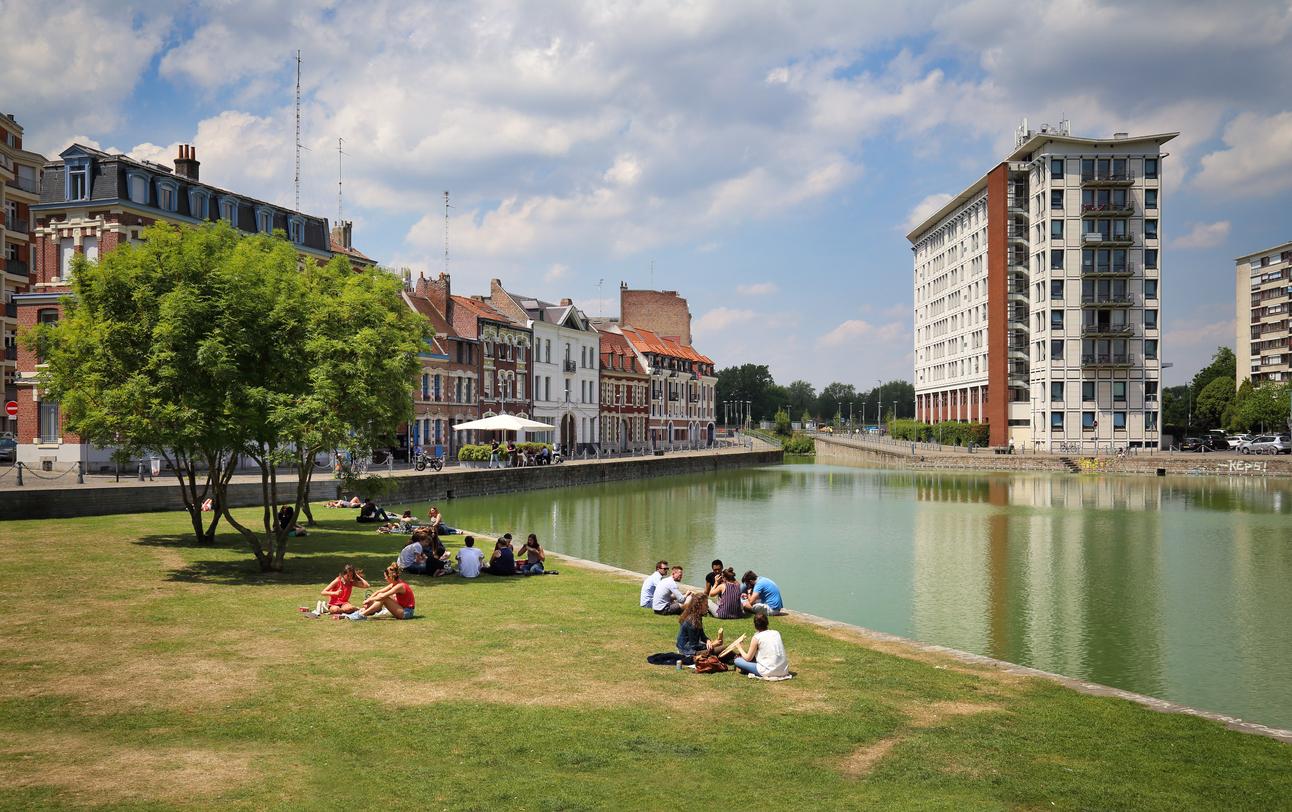Children who were raised near green spaces are said to have higher IQs than children who grew up in cities.

- Children who grew up without nearby green areas scored 2.6 points lower in IQ than the others.
- Without green areas, children also have more difficult behavior, including poor attention and more aggression.
Going green, from an early age, makes you smarter. A study by Belgian researchers from the University of Hasselt suggests that growing up next to green areas stimulates children’s intelligence and has beneficial effects on behavior. The results of this study were published on August 18 in the journal PLOS Medicine.
2.6 IQ points lower
The presence of green spaces next to the place where a child grows influences his cognitive development. Those raised in areas with low levels of greenery have lower scores on IQ tests. To reach these conclusions, the researchers used satellite images to measure the level of greenery in neighborhoods with the presence of parks, gardens, trees or any other sign of vegetation. They then analyzed the IQ test scores of 600 children between the ages of 10 and 15. Their average score is 105 but, in detail, the researchers realized that 4% of children living in less green areas had a score below 80 and that on average they obtained 2.6 IQ points. less.
The researchers also found that children who were raised near a green area had fewer behavioral difficulties, such as poor attention or aggression. They measured them using a standard rating scale. The average score of the children is 46 but the children who grew up in areas without greenery had 2 points less than the others. “There is growing evidence that green environments are associated with our cognitive function, such as memory abilities and attentionexplain to Guardian Professor Tim Nawrot. Urban planners should prioritize their investments in green spaces, as it helps to create an optimal environment for children to develop to their full potential..”
More green less stress
Researchers believe that green spaces put children in a calmer environment leading to less stress. In addition, these areas are more conducive to the practice of regular physical activity and promote social ties. They add that the results they obtained are not linked to the economic level of the families since the same differences were observed among the richest and the poorest.
.

















